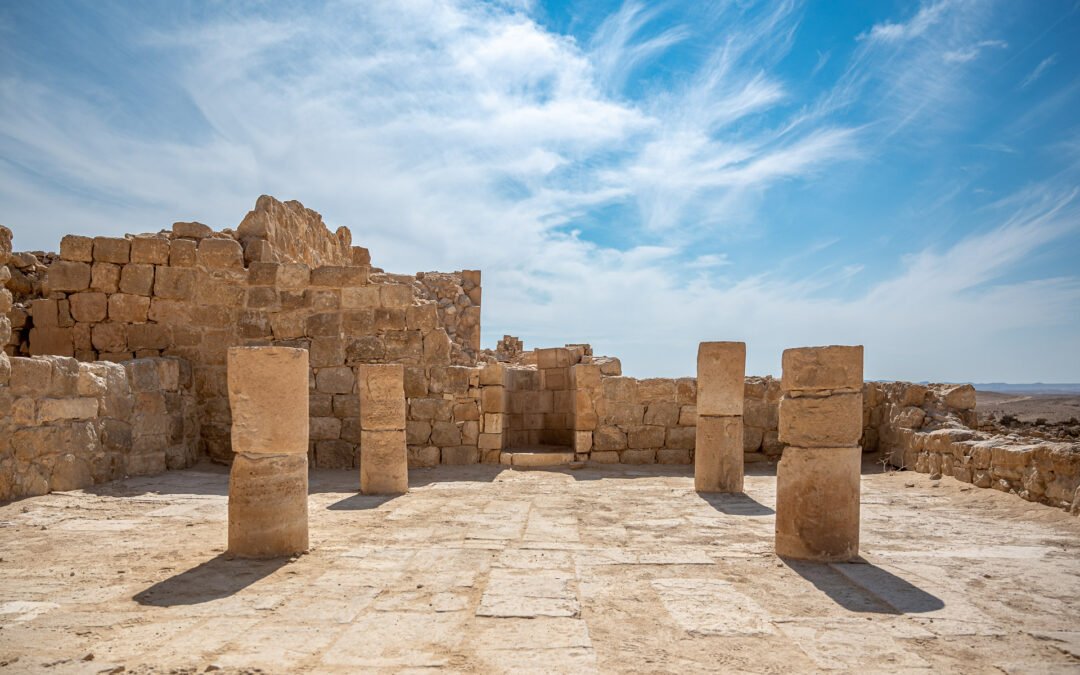
by Samuel Koltov | Jun 23, 2024 | Blog, Historical Figures
Examining the direct and indirect influence of rulers on Palestine illuminates critical aspects of its history. This blog post talks a little about the nuanced impacts of leadership, shedding light on how political decisions shaped the region’s social, cultural, and economic landscapes over time.

by Samuel Koltov | Jun 23, 2024 | Article, Historical Sites
The Mosque of Subeita offers a fascinating glimpse into early Islamic Palestine, raising questions about coexistence and cultural interaction. This article delves into its historical significance, architectural features, and the implications for understanding communal relations during this era.

by Samuel Koltov | Jun 21, 2024 | Article, Historical Sites
Discover the majestic arch entrances to the Dome of the Rock Plateau in Haram al-Sharif. These iconic structures symbolize the architectural brilliance and spiritual significance of Jerusalem’s holiest site in Islam, reflecting centuries of cultural exchange and religious devotion. Delve into their design, history, and enduring impact on Islamic art and architecture in this exploration of sacred spaces.

by Samuel Koltov | Jun 21, 2024 | Article, Historical Periods
Exploring “Administrative Areas and Cities in Byzantine Palestine” unveils a fascinating tapestry of governance and urban life from the 4th to 7th centuries. This period witnessed a mosaic of Byzantine provinces, cities like Jerusalem and Caesarea, and their roles in commerce, religion, and governance, offering insights into Byzantine administration and its enduring impact on the region’s history and culture.

by Samuel Koltov | Jun 21, 2024 | Blog, Historical Periods
In delving into “A Reflection on Early Byzantine History,” we explore the pivotal era from the 4th to 7th centuries. This period marked profound religious, cultural, and political shifts, from the reign of Constantine the Great to Justinian’s reconquests and the rise of Islam, profoundly shaping Europe, Asia Minor, and North Africa. Understanding this epoch illuminates enduring legacies in art, law, and governance that resonate today.





